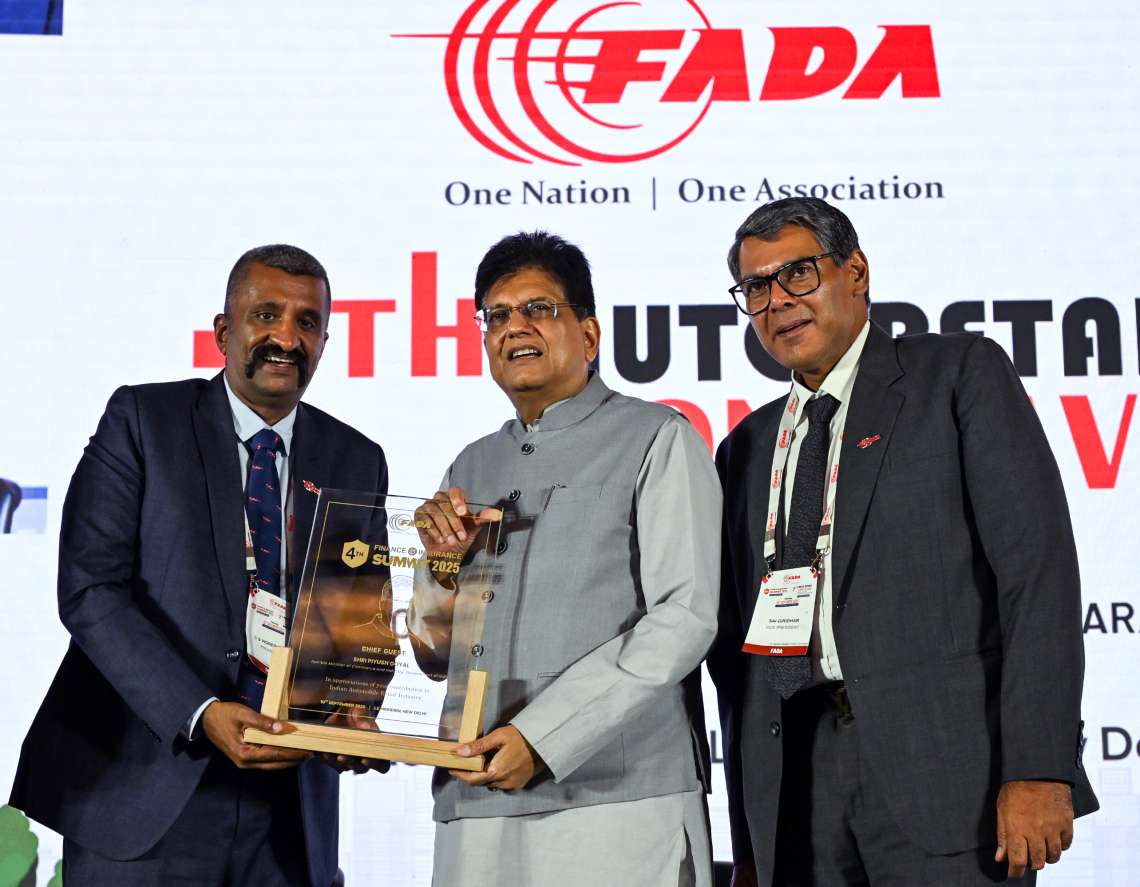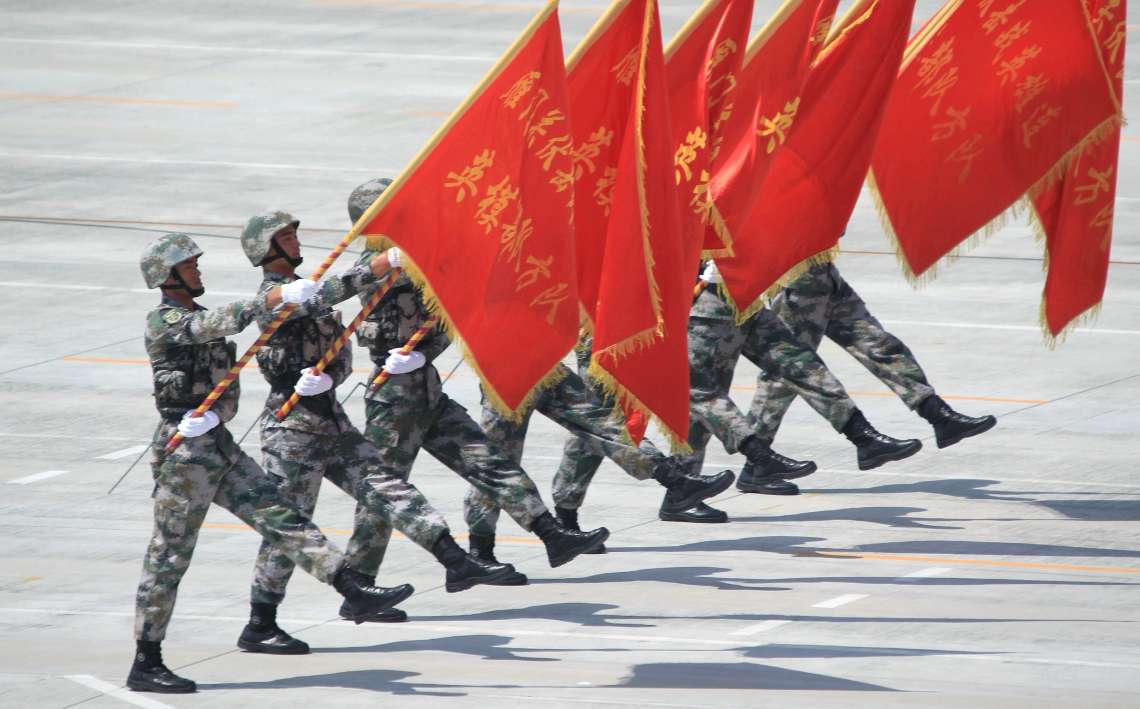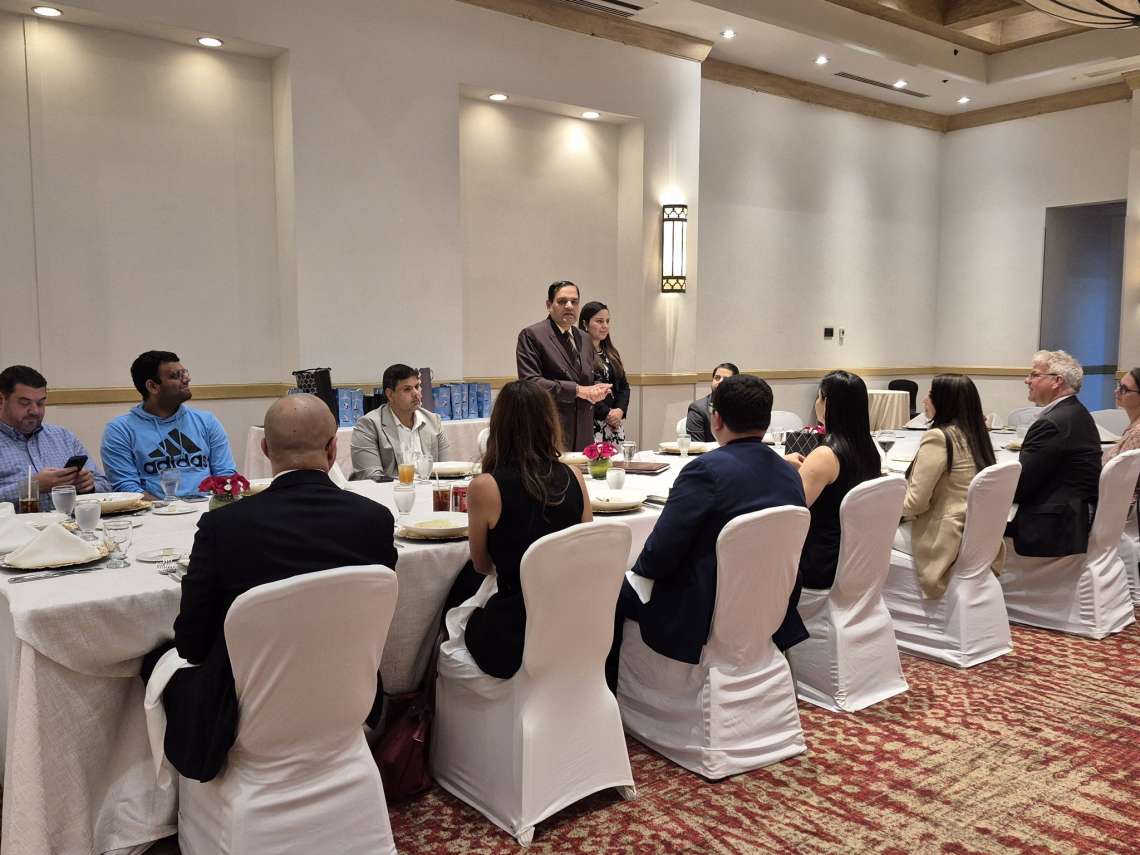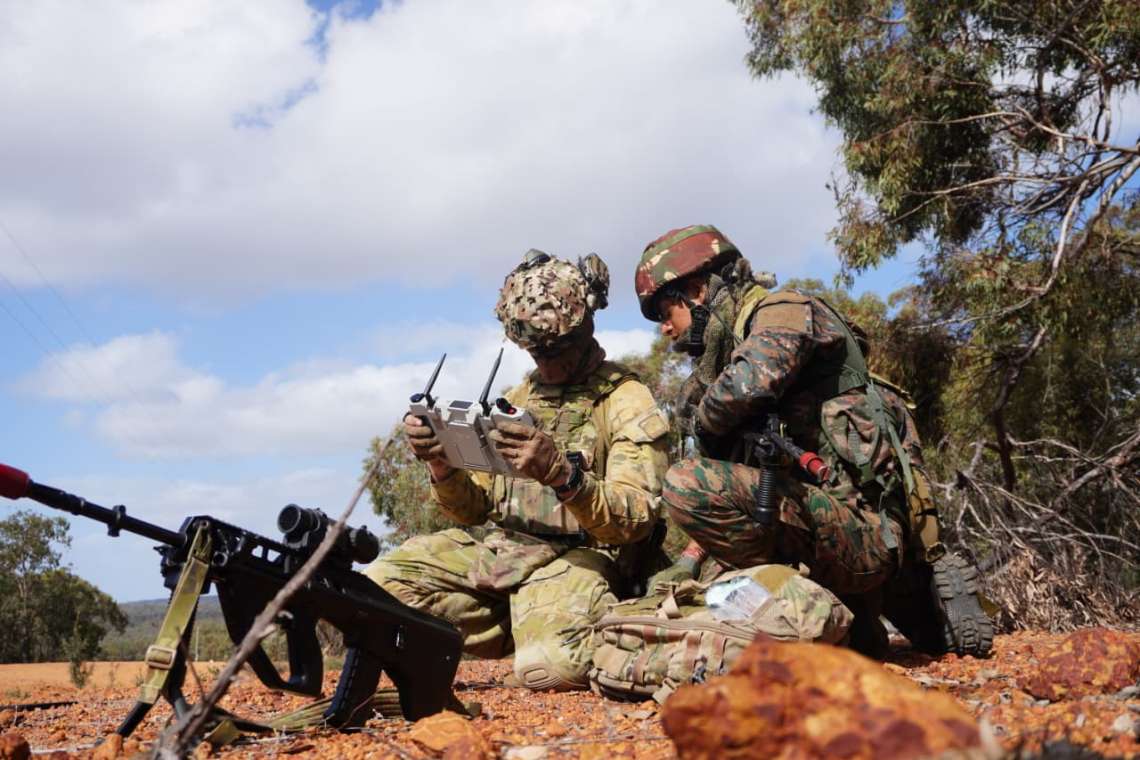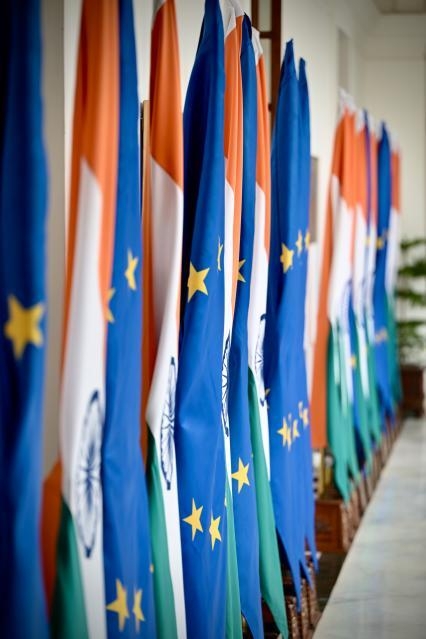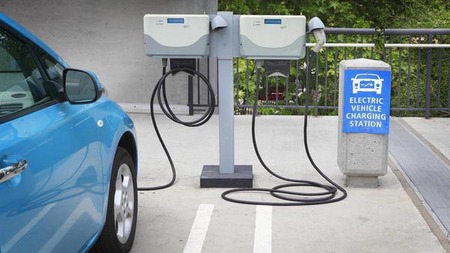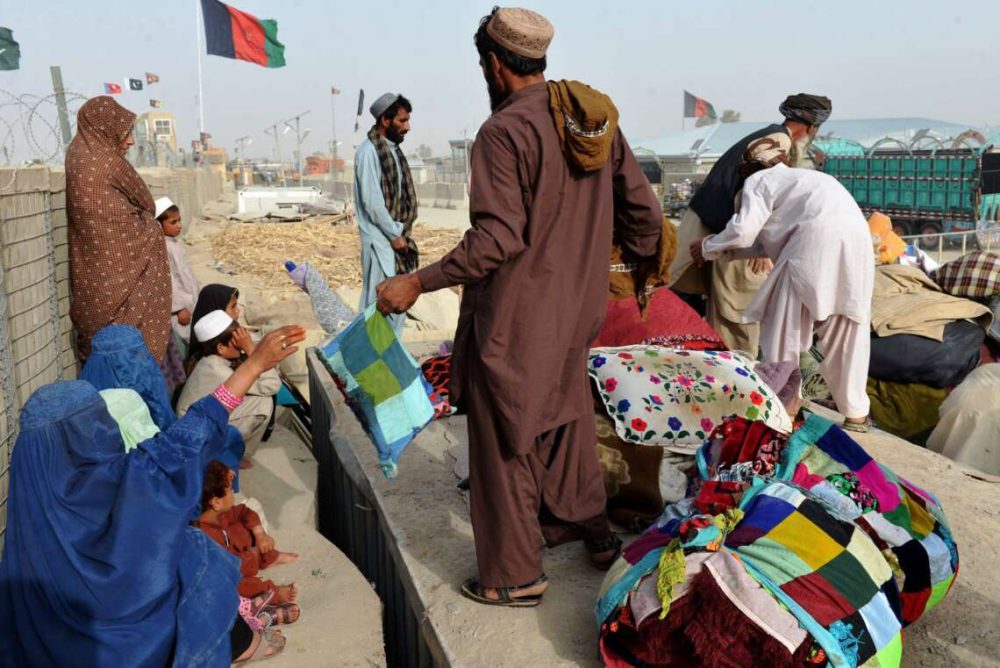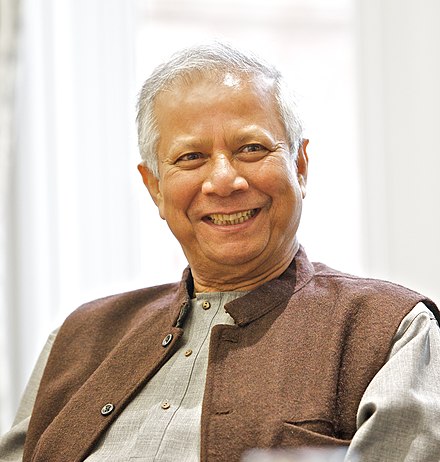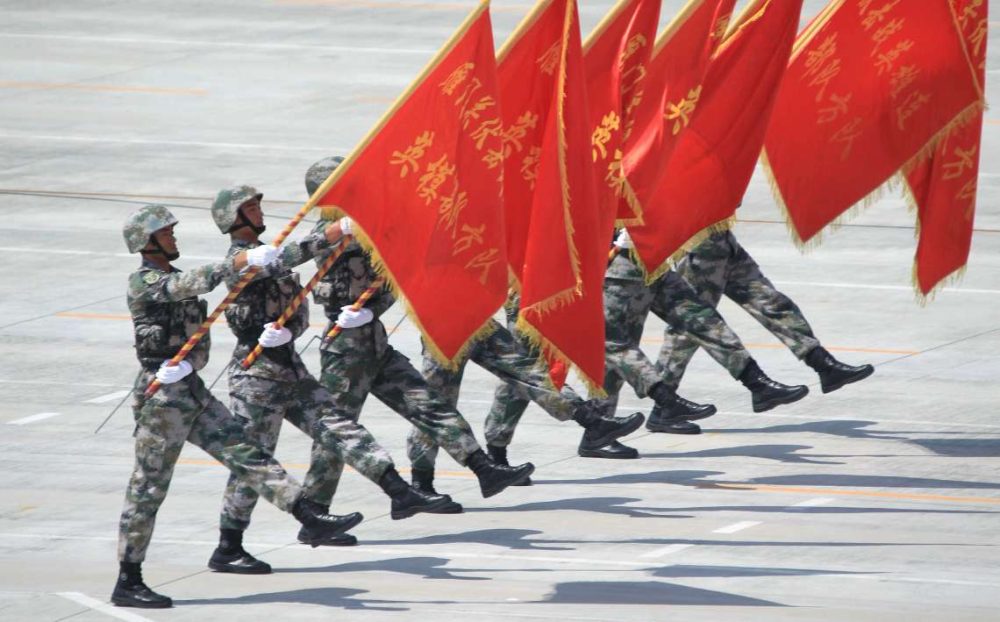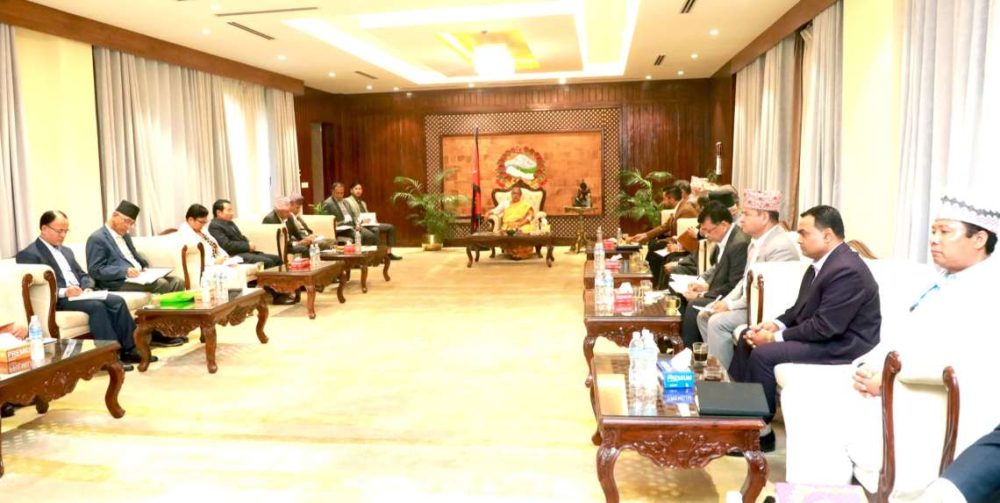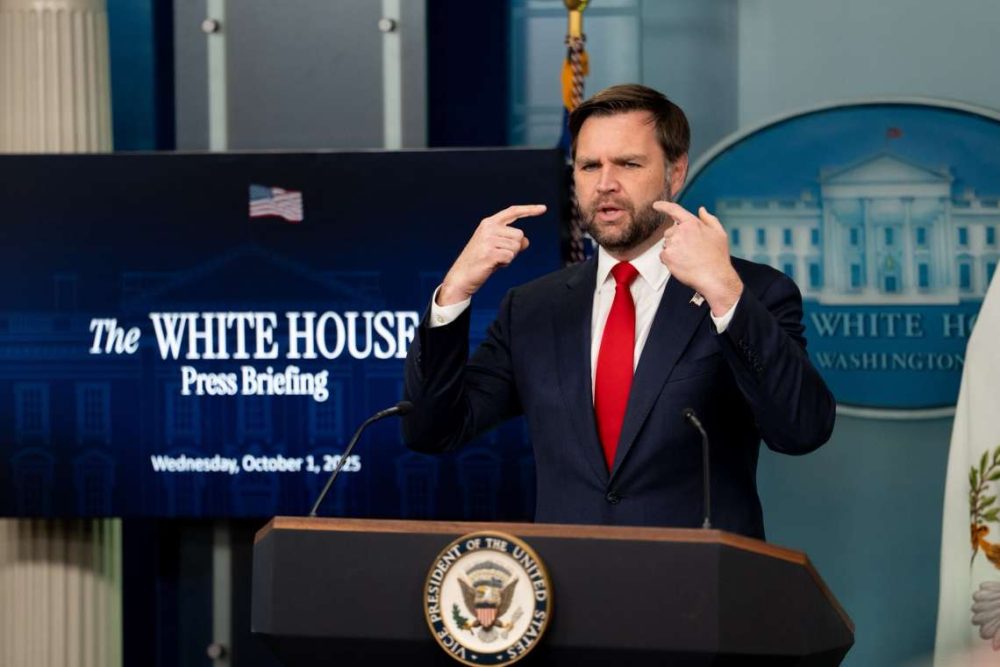Piyush Goyal says Free Trade Agreement could be signed next week as New Delhi pushes for wider global partnerships…reports Asian Lite News
India is on the brink of finalising a Free Trade Agreement (FTA) with Oman, a move expected to boost commerce and deepen economic ties between the two nations. Commerce Minister Piyush Goyal signalled on Wednesday that the long-discussed pact could be signed as early as next week, marking another step in New Delhi’s rapid expansion of trade partnerships across the globe.
Speaking at the FICCI LEADS business forum in New Delhi, Goyal told delegates that negotiations with Muscat had been brought to a close and that the two governments were now preparing to ink the deal. “Oman and India are talking on an FTA, and it may happen in a week,” he said. “We have aligned interests, and we can truly create partnerships.”
The agreement will be signed under the framework of a Comprehensive Economic Partnership Agreement (CEPA), a model that India has increasingly employed in recent years to secure broad-based deals with key allies. Talks with Oman began in 2023 and have been fast-tracked in recent months as both countries look to expand their economic footprint in the Gulf and South Asia.
Goyal framed the upcoming agreement as part of India’s wider ambition to cement its position as a driver of global trade and a trusted partner for “friendly countries.” He added: “India wants to be a part of the developed world. We want to work with friendly nations, and we want to engage actively with our trade partners.”
The impending deal comes against the backdrop of a frenetic period of trade diplomacy by New Delhi. Alongside discussions with Oman, Indian negotiators have been in talks with the European Union this week, with a meeting scheduled between Goyal and the EU Commissioner to push forward discussions on a possible FTA. Multiple rounds of bilateral talks are also underway with other partners.
India has emerged as one of the world’s most active negotiators of trade pacts in recent years, seeking to secure greater access to overseas markets while offering partners a gateway into one of the world’s fastest-growing economies. Since 2021, it has concluded a string of deals with countries across Asia, the Middle East and Europe. These include the India-Mauritius Comprehensive Economic Cooperation and Partnership Agreement (CECPA) in 2021, the India-UAE Comprehensive Economic Partnership Agreement (CEPA) and the India-Australia Economic Cooperation and Trade Agreement (ECTA) in 2022, and the India-European Free Trade Association (EFTA) Trade and Economic Partnership Agreement (TEPA) in 2024.
This year, New Delhi also signed the long-awaited India-UK Comprehensive Economic and Trade Agreement (CETA), though the pact is still awaiting ratification before it can be fully implemented. Meanwhile, the EFTA agreement is expected to come into force later this year once all member states have completed their domestic approval processes.
While Oman is not among India’s largest trading partners, policymakers in New Delhi view the Gulf state as strategically significant. Muscat is seen as a key hub for access to Middle Eastern and African markets, and the pact is expected to streamline tariff regimes, simplify customs procedures and encourage investment flows in both directions. Trade experts suggest that the deal could open fresh opportunities in sectors such as energy, infrastructure, healthcare, education and technology.
For Oman, the FTA would offer greater access to India’s vast consumer market while reinforcing its role as a bridge between Asia and the Gulf. Indian businesses are expected to benefit from smoother investment rules and a more predictable trading environment in a region where competition from China and other powers has been growing.
Goyal stressed that the Oman deal is just one part of a wider strategy. He confirmed that negotiations were underway with several other nations, including Sri Lanka, Peru, Chile and New Zealand, as well as discussions over a possible bilateral agreement with the United States. Talks are also progressing on upgrading India’s trade relations with Australia through a Comprehensive Economic Cooperation Agreement (CECA).
India’s push for a wider network of FTAs reflects its shift away from a historically cautious approach to global trade. For decades, successive governments had taken a defensive stance, wary of opening the domestic market too quickly. That posture has shifted in the last five years, with New Delhi increasingly seeking out deals that secure preferential access for its exporters while attempting to build resilient supply chains in a turbulent global environment.
Business leaders at the FICCI event welcomed the minister’s announcement, saying the agreement with Oman would add momentum to India’s trade diplomacy and give confidence to investors. The Confederation of Indian Industry (CII) recently projected that India’s overall exports could touch $1 trillion by 2030 if the government continues to pursue aggressive trade liberalisation.
With the Oman pact potentially signed within days, attention will quickly turn to whether India can replicate similar breakthroughs with larger economies such as the European Union and the United States. Success in these negotiations would significantly raise India’s profile as a global trading power, cementing its position as a bridge between the developed and developing worlds.
For now, all eyes will be on New Delhi and Muscat next week, when the formal signing of the FTA could take place—an event likely to be hailed as a milestone in India’s growing international trade agenda.


